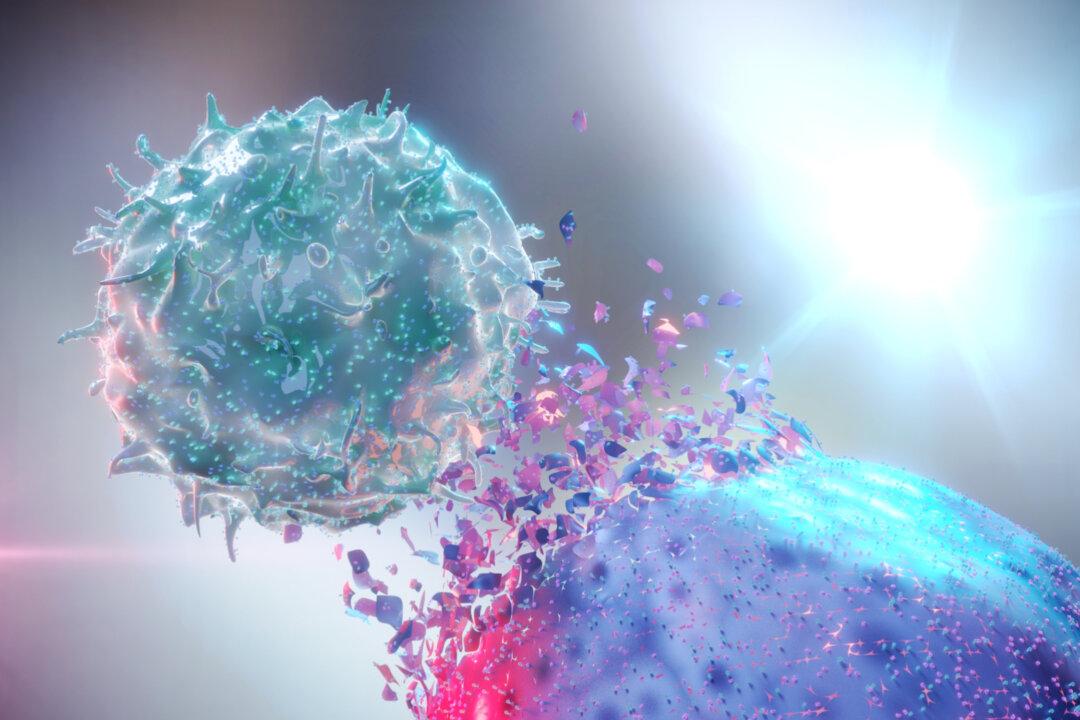An approved cancer therapeutic, once used in only 1 percent of cancers, may have significant uses in the remaining 99 percent, according to a new study.
“Ivosidenib, previously called AG-120, may be applicable to the large majority of cancers,” said senior author Dr. Jordan Winter, division chief of surgical oncology at University Hospitals Seidman Cancer Center in Cleveland.






